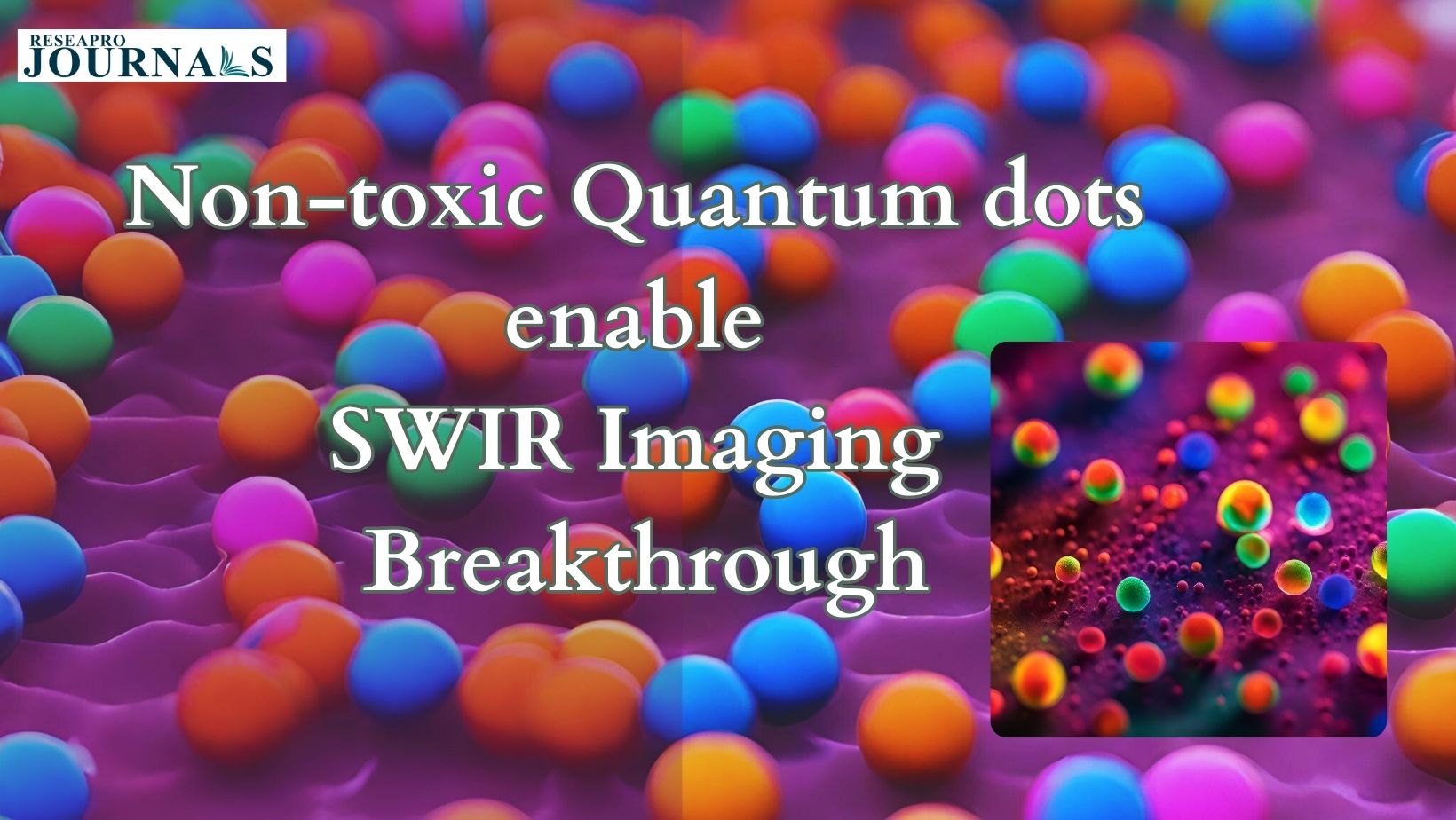|
Getting your Trinity Audio player ready...
|
ICFO researchers have made significant strides in shortwave infrared (SWIR) technology, crucial for applications in service robotics, automotive, and consumer electronics. Published in Nature Photonics, the study led by Prof. Gerasimos Konstantatos introduces non-toxic colloidal quantum dots, specifically silver telluride (Ag2Te), as a breakthrough material for SWIR photodetectors and image sensors. Traditional SWIR quantum dots often contain hazardous heavy metals, posing regulatory challenges. The team’s phosphine-free Ag2Te quantum dots exhibited unprecedented performance, showcasing excitonic peaks over 1500 nm.
The researchers overcame challenges in device setup and enhanced the photodetector’s performance with a buffer layer, resulting in a SWIR photodiode with a spectral range from 350nm to 1600nm, a dynamic range exceeding 118 dB, and a room temperature detectivity of the order 1012 Jones. This development positions Ag2Te quantum dots as a promising, RoHS-compliant material for cost-effective, high-performance SWIR photodetectors. The team collaborated with Qurv, an ICFO spin-off, to create a proof-of-concept SWIR image sensor, opening possibilities for applications like improved automotive vision systems and LiDAR. Future research aims to enhance photodiode performance and explore surface chemistries for Ag2Te quantum dots, emphasizing market readiness. The breakthrough aligns with the growing demand for SWIR technology in various industries.




